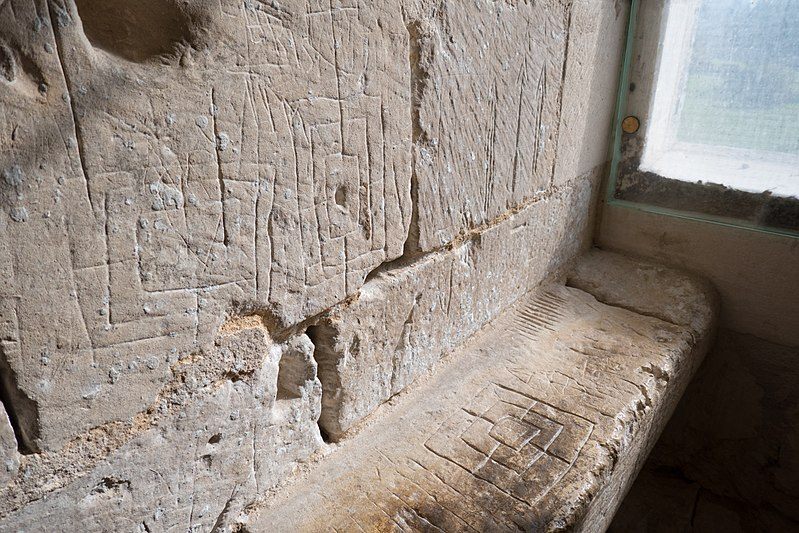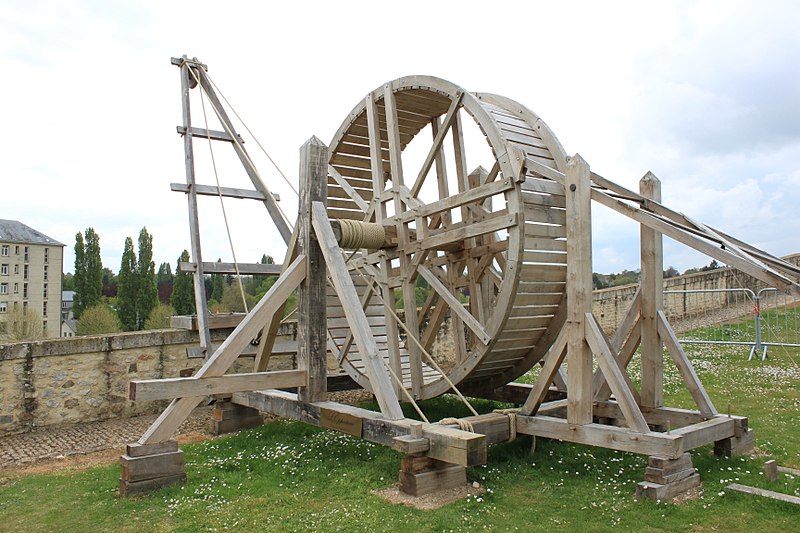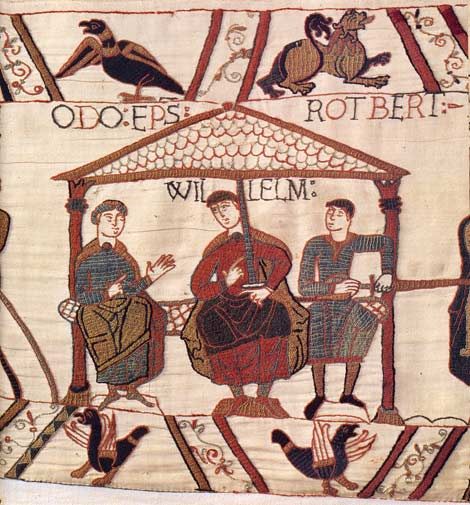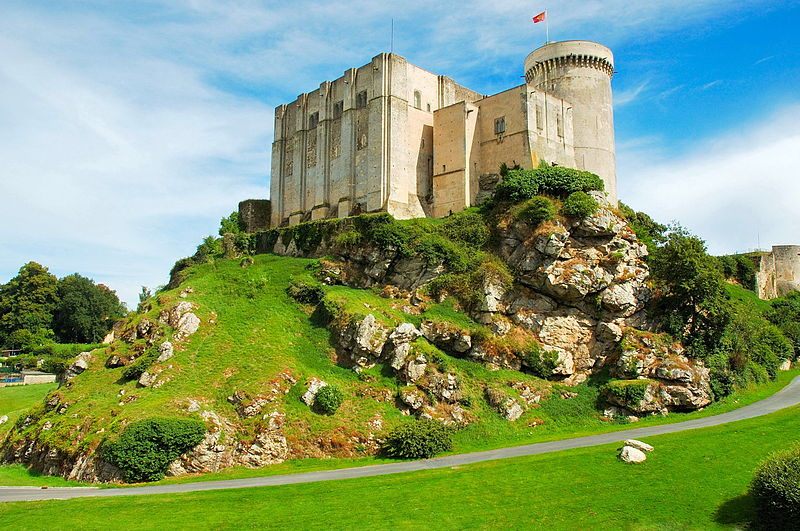The birthplace of the fierce William the Conqueror, Chateau de Falaise is steeped in medieval history. The first fortress on this site in the Norman city of Falaise was erected in the 10th century by a Viking chieftain whose lineage would later become the Norman rulers of France. As legend has it, in 1027, a young girl named Herleva had a haunting, prophetic nightmare, waking up in terror.

The Legends
Herleva, having recently been seduced by Robert, Duke of Normandy, was pregnant with her first child when she experienced a feverish and prophetic dream. In the dream, a massive tree erupted from her body. Its twisted roots emerged from her corpse, spreading across Normandy like the tendrils of a Kraken from Norse legend. The tree’s towering trunk soared into the sky, while its vast branches stretched across the English Channel, casting a dark shadow over England, as though a ravenous creature were poised to seize the country.

Several months after Herleva’s ominous dream, she gave birth to a son named William. Throughout his youth, he was often called “William the Bastard” due to the circumstances of his birth and his fiery temperament. However, despite these humble and stigmatized beginnings, William would go on to conquer the Anglo-Saxons and become the King of England. His rule founded a dynasty that shaped the political, economic, military, social, and linguistic history of Western Europe for centuries.
The Descendants of William the Conqueror
After the conquest of England, the Normans never forgot their roots in Normandy. In 1123, William’s son, King Henry I of England, returned to his father’s birthplace and began reconstructing the castle at Falaise. Strengthening its defensive capabilities and adding new towers and keeps, Henry transformed it into the formidable fortress that still stands today.
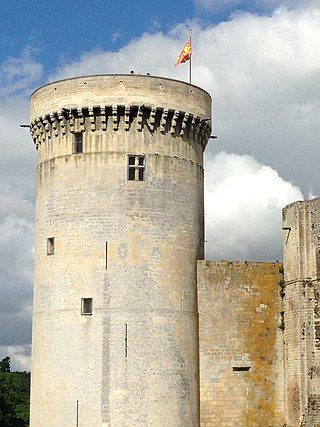
The descendants of William the Conqueror were known for their fierce tempers and violent tendencies, frequently battling one another for power on both sides of the English Channel. Falaise Castle became a backdrop for many of these bloody disputes, witnessing a history steeped in intrigue, torture, and murder. One infamous incident occurred when King John of England had his nephew, Arthur, Duke of Brittany, imprisoned and murdered in the castle. Arthur’s “crimes” were plotting to overthrow John and besieging the castle of John’s mother, Eleanor of Aquitaine.
The Hundred Years’ War
Falaise Castle also played a significant role during the Hundred Years’ War, a period marked by relentless conflict between the armies of France and England. The castle was repeatedly occupied by both sides, enduring multiple sieges as control over Normandy shifted back and forth. Remnants of this turbulent history can still be found in the form of graffiti etched into the castle’s walls by soldiers of both nations, leaving behind a tangible reminder of the endless cycle of violence that once consumed the region.
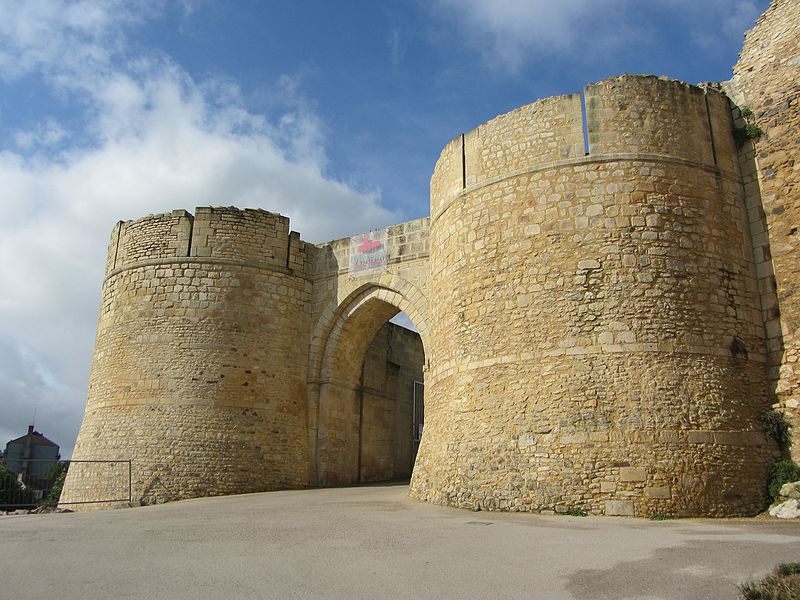
After the medieval era, as warfare evolved and castles lost their strategic importance, Falaise Castle fell into disuse and was abandoned. For centuries, the fortress stood in a state of neglect until the 19th century, when it was recognized as a historical monument and began undergoing restoration. However, during World War II, fierce bombing campaigns caused significant damage to the castle, though much of its structure managed to survive.
Today, Falaise Castle stands restored and preserved as a museum, offering visitors a glimpse into its rich history, from the birth of William the Conqueror to its role in medieval warfare and beyond.
